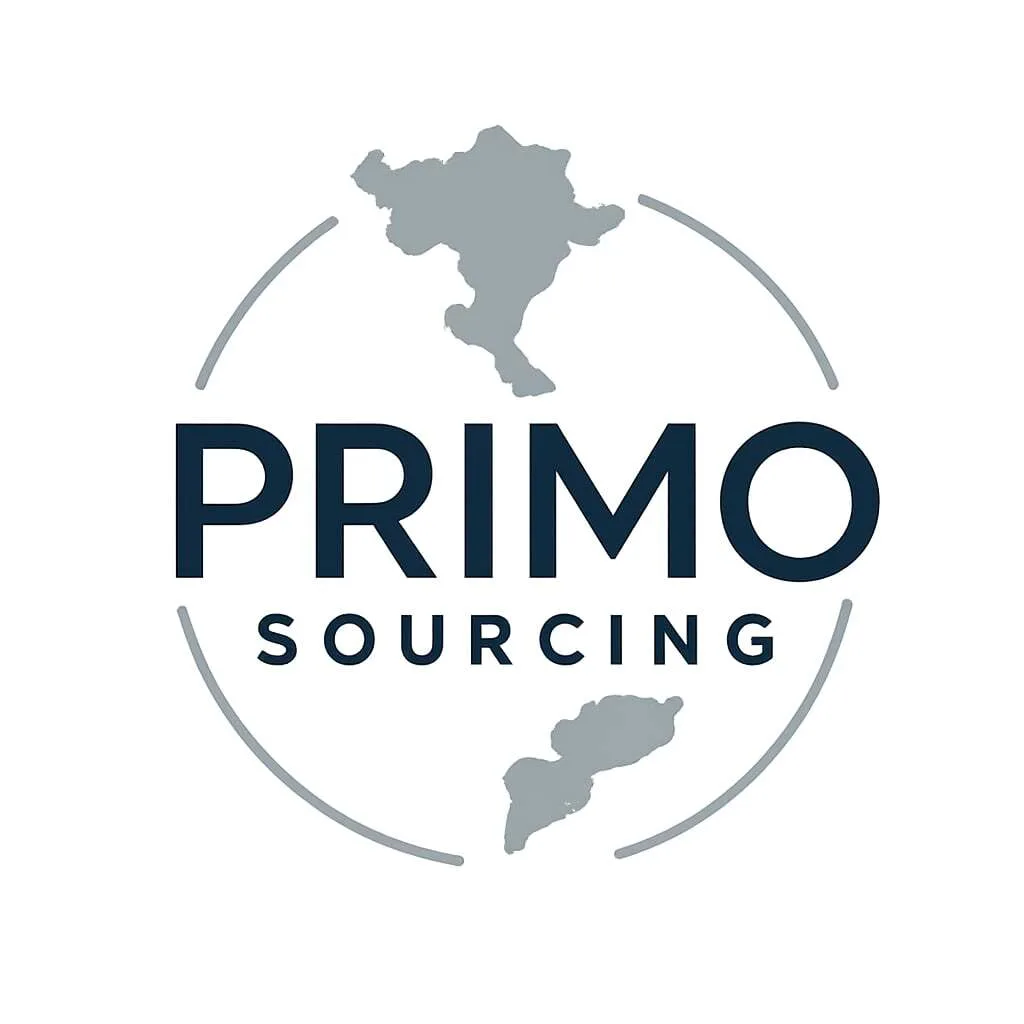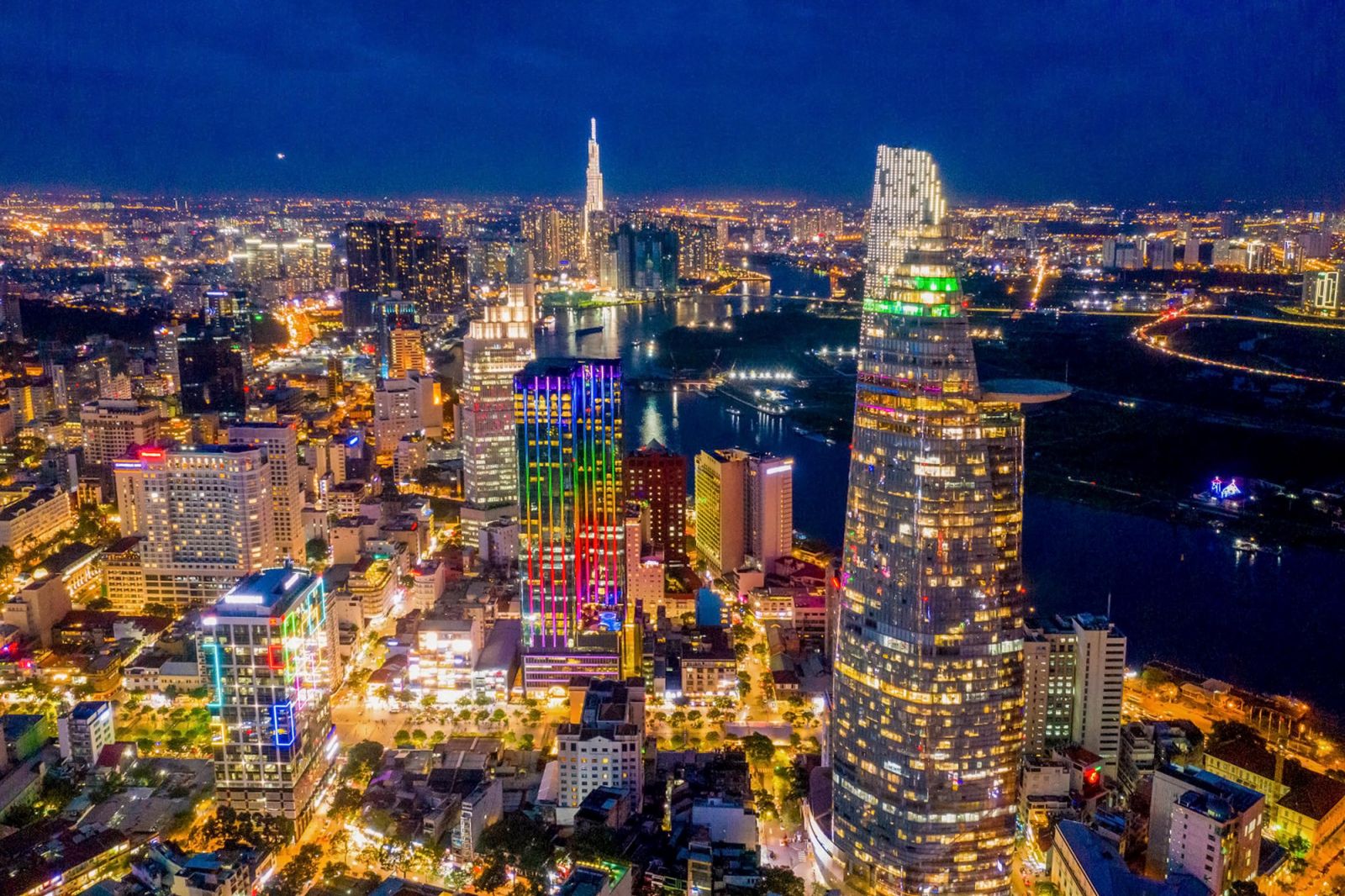Top 5 Apparel Sourcing Hubs in Vietnam
Vietnam continues to gain traction as a key apparel export hub, offering competitive pricing, improving quality, and streamlined supply chains. Choosing the right sourcing region is pivotal for international buyers—whether you need high-volume production, customizable lines, or sustainable manufacturing.
1. Ho Chi Minh City (HCMC)
HCMC serves as the commercial nucleus of southern Vietnam and is a major center for clothing production and export logistics. It is home to a dense network of Vietnam apparel manufacturers, ranging from large contract facilities to boutique firms. The city’s proximity to major shipping infrastructure—including the Saigon Port and Tan Son Nhat International Airport—makes it a highly efficient base for fast turnaround sourcing. HCMC is especially ideal for buyers looking for scalable production combined with convenient logistics and access to Vietnam clothes suppliers in adjacent areas.
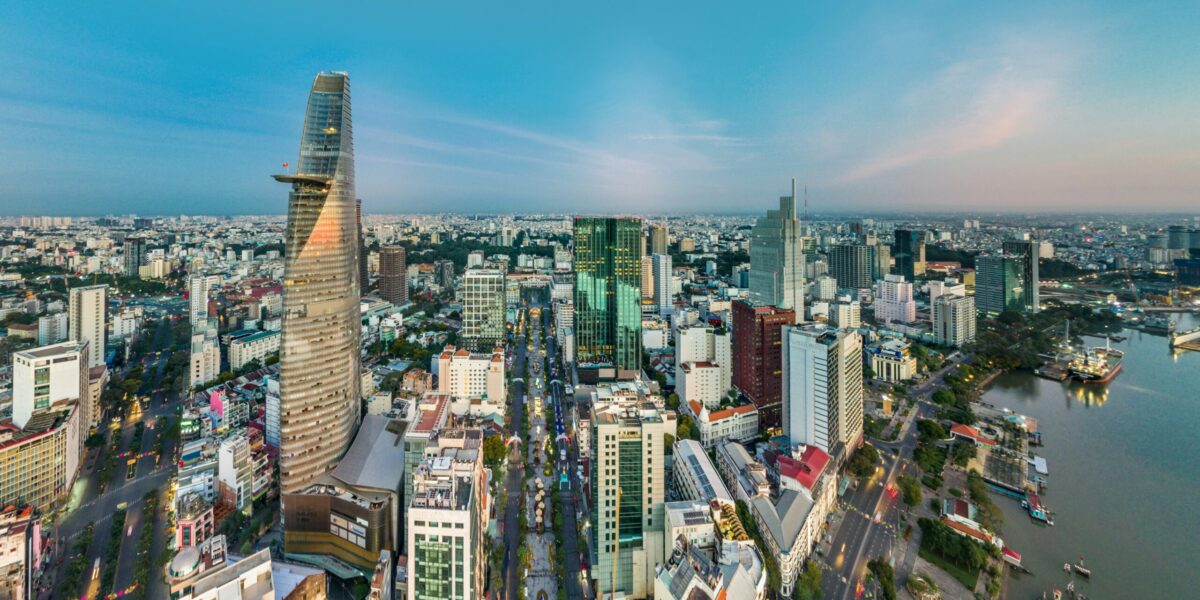
2. Binh Duong & Dong Nai
The two provinces are located just north of HCMC, are recognized as Vietnam’s industrial powerhouses. These provinces host significant investments from major international brands, with Binh Duong accommodating key Nike and H&M production facilities. Đồng Nai, in particular, continues to attract high levels of foreign direct investment due to its favorable policies and access to skilled labor. For high-volume buyers in search of full-package manufacturing, OEM/ODM services, and efficient infrastructure, these areas offer some of the most advanced Vietnam clothing manufacturer networks in the country.
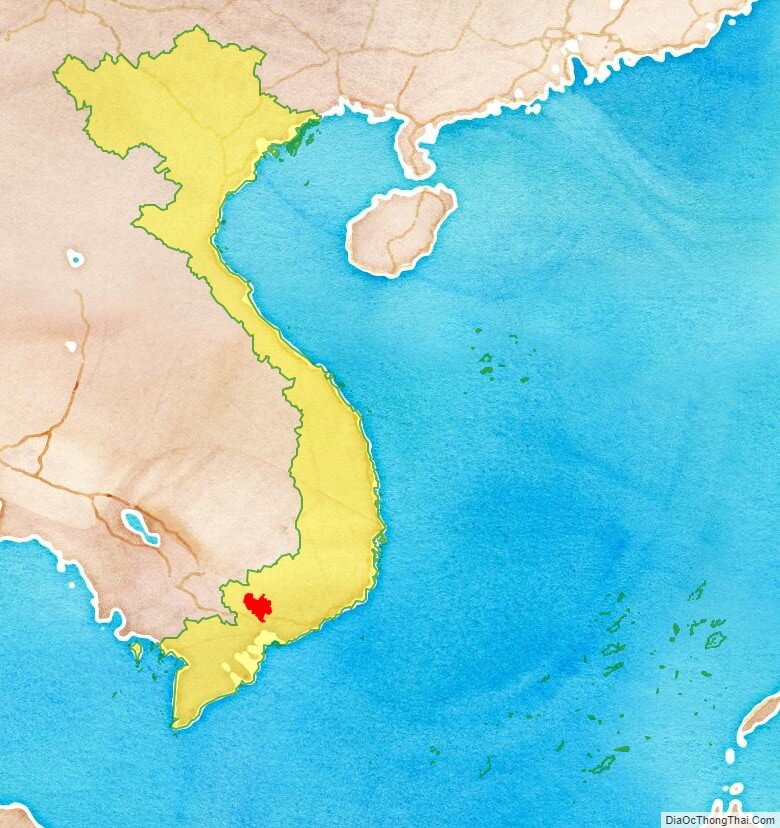
3. Da Nang & Central Vietnam
This area is emerging as strategic locations for brands focusing on sustainability and mid-volume production. The city’s rising industrial parks cater to clothing and accessories manufacturing, with a growing emphasis on green practices and risk-diversified sourcing. Da Nang also serves as a logistical midpoint between North and South Vietnam, making it attractive to companies aiming for regionally balanced production footprints. It’s an increasingly popular destination for international buyers seeking partnerships with Vietnam clothing manufacturers that prioritize sustainable development and flexible production capabilities.
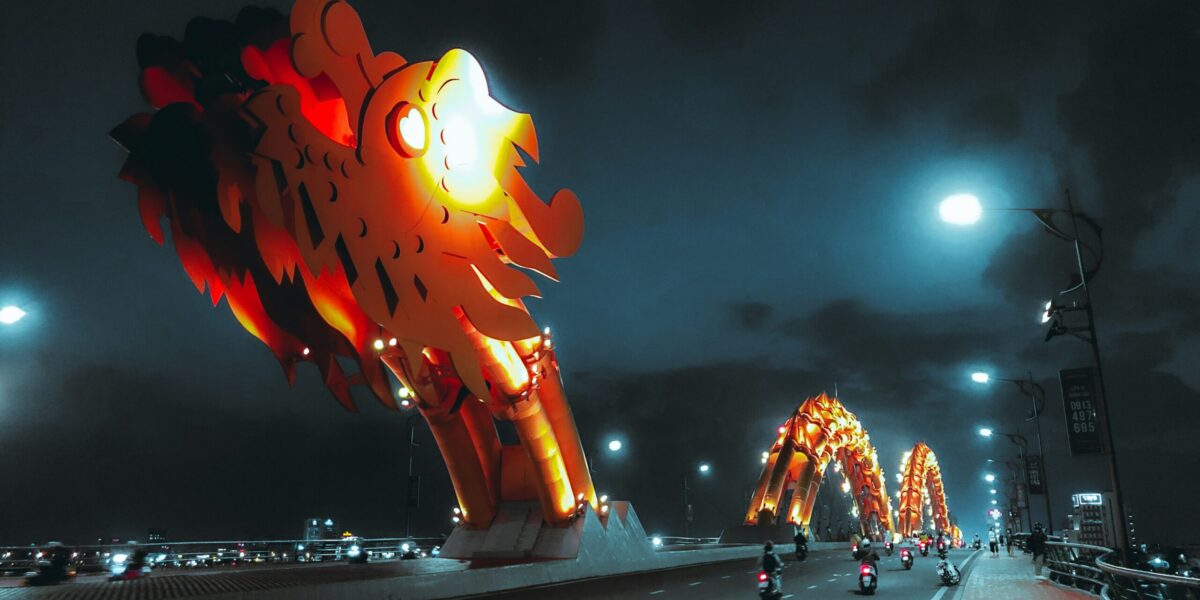
4. Hanoi & its surrounding provinces
Hanoi, as the capital of Vietnam, is a significant economic and industrial hub in the northern region, offering a diverse landscape for product sourcing and factory visits for new buyers.
Key Industries and Product Categories for Sourcing:
Hanoi and its surrounding areas are strong in various manufacturing sectors, including:
- Electronics and Electrical Equipment
- Textiles, Garments, and Footwear
- Mechanical and Manufacturing
- Furniture and Woodcrafts
- Packaging Materials
- Consumer Goods and Light Industry
- Agricultural Products
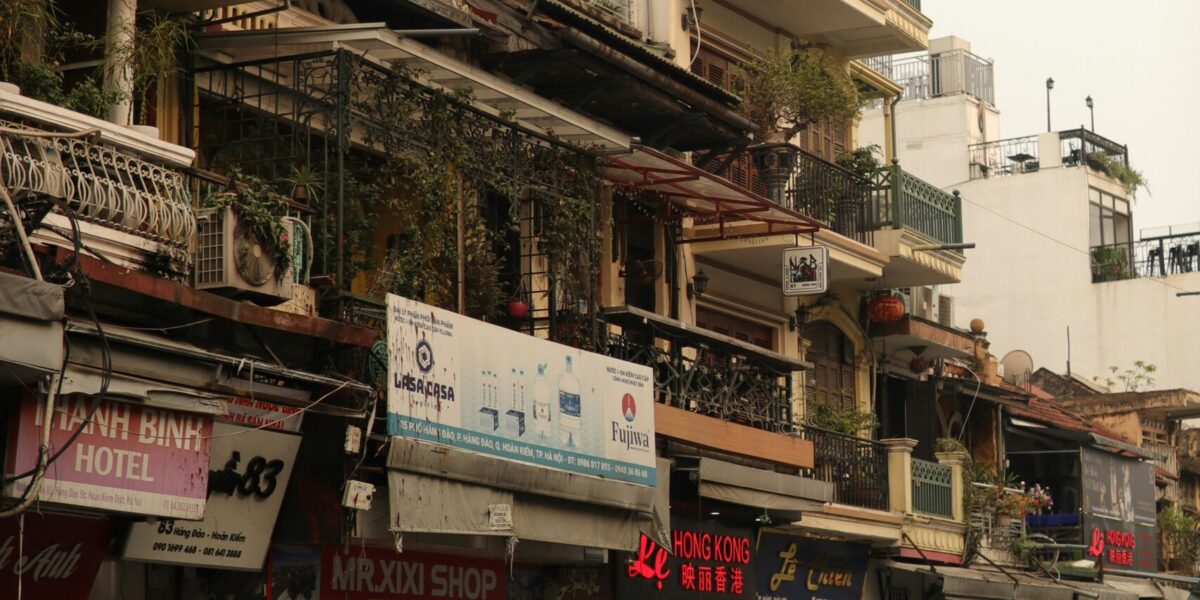
5. Thai Binh & Nam Dinh
Two northern provinces stand out as traditional textile strongholds. These provinces are known for their expertise in fabric production, weaving, and dyeing—foundational stages in the apparel supply chain. Nam Dinh, in particular, is advancing toward large-scale vertical way. Thai Binh is also home to WRAP-certified garment factories, further supporting ethical sourcing options. These regions are especially suitable for buyers interested in integrated supply chains—from fabric sourcing to final garment manufacturing—and traditional textile craftsmanship.integration, with projects like the $200 million Rang Dong Textile Industrial Park leading the
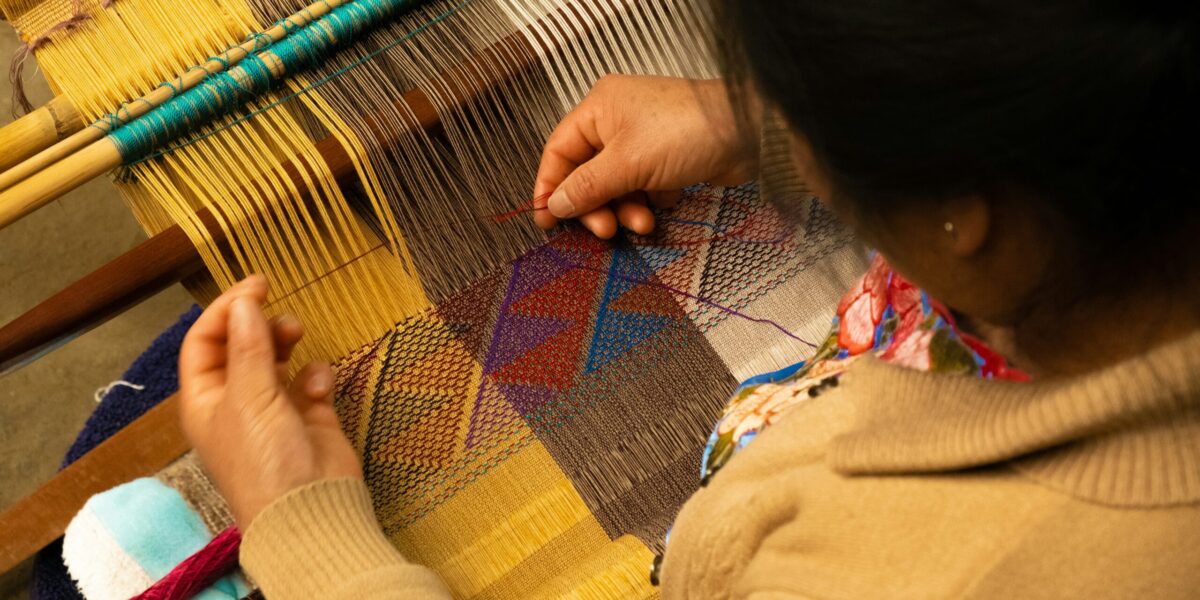
Cost, Lead Time & Logistics
1. Geographic efficiency:
Southern regions (HCMC area, Binh Duong, Đồng Nai) provide easy access to ports like Phu My & HCMC—shorter shipping routes.
Northern textile centers require longer inland transport to Hai Phong port, impacting timelines.
2. Infrastructure quality:
HCMC and its satellites offer developed highways, railways, integrated logistics; northern investments are advancing but vary by province.
Vietnam offers a diverse, regionalized apparel sourcing ecosystem—from high-volume OEM regions in the South, to fabric-specialist hubs in the North, and sustainable niche centers in the Central region. Choosing the right region allows buyers to align capacity, cost, compliance, and brand strategy effectively. A strategically regional sourcing approach ensures stronger supplier partnerships, delivery efficiency, and long-term value from Vietnam clothing manufacturers and apparel suppliers.
Contact us for any sourcing services:
